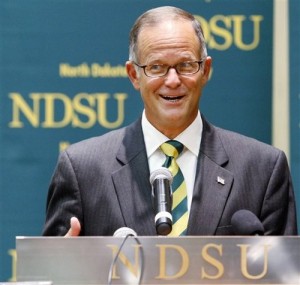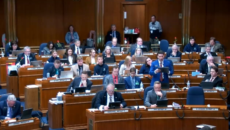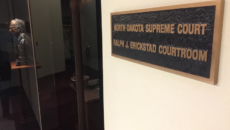In The North Dakota University System, The Presidents Are The Problem

Yesterday SAB broke the news about outgoing Chancellor Hamid Shirvani raking several of North Dakota’s university presidents over the coals in his first, and last, evaluation of them (Shirvani will leave his post for two years of golden parachute time in the middle of next month).
Many of Shirvani’s critics responded to the evaluations as though they were little more than a petty parting shot, but I think it reveals some uncomfortable truths about our pampered, administrative elite in the university system.
For instance, this admission by State Board of Higher Education President Duaine Espegard that the state’s university presidents have never faced the sort of comprehensive review that Chancellor Shirvani called for:
Espegard said the board has never conducted 360 reviews of presidents in the past. Such a review would involve interviewing everyone in the president’s work circle, which would potentially include faculty, university and system staff, students and board members.
“I don’t think anybody’s real crazy about a 360,” he said. “I think a better way is to probably have an outside evaluation every so often, and we might consider that.”
Maybe nobody is “real crazy” about a comprehensive review for the university presidents because, with the war on Chancellor Shirvani fresh in our memories, we know what happens when these politically well-connected bureaucrats are challenged.
Also, in responding to a complaint about Shirvani filed with the accreditor for North Dakota’s universities, we get a glimpse of what was really driving the internal struggle between Shirvani and the university presidents:
Regarding new policy changes in general, only two policies addressing terms of presidential appointments “were met with notable pushback by the presidents, some of whom expressed strong opposition” to contract changes and a perceived reduction in responsibilities, the document stated. The board intended to improve policies and move to annually renew contracts rather than every three years or less, a common practice at many university systems now, the document said.
In other words, Shirvani wanted to create a unified system that would by necessity remove some control from the university presidents, and he also wanted to stop giving them three-year contracts. A yearly contract renewal would bring more accountability to the presidents, but they revolted.
If we want higher education reform in North Dakota, we need to start by ridding ourselves of some of these university presidents.







